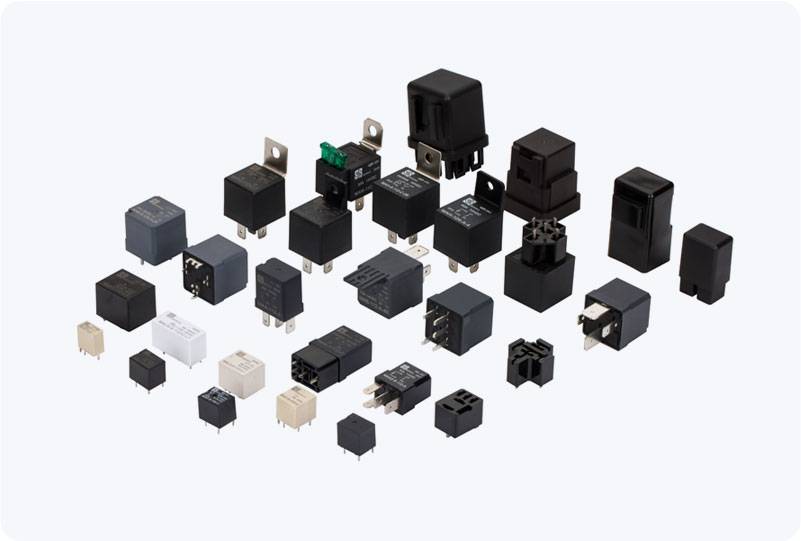the role of ssr for new energy vehicles: a key to sustainable transportation
Release time:2025-05-05 22:50:17
As the world continues to shift towards more sustainable and environmentally friendly solutions, the automotive industry is undergoing significant transformations. One of the major trends in this shift is the growing prominence of new energy vehicles (NEVs), which include electric vehicles (EVs), hybrid vehicles, and hydrogen-powered vehicles. These vehicles are not only reducing the reliance on fossil fuels but are also decreasing harmful emissions, making them a vital component of a greener future. Among the many advanced technologies that contribute to the performance and efficiency of NEVs, Solid-State Relays (SSR) play a crucial role.

Understanding SSR and Its Importance in NEVs
A Solid-State Relay (SSR) is an electronic switching device used to control the flow of electricity without the need for moving parts, as opposed to traditional electromechanical relays. SSRs utilize semiconductor components such as thyristors, triacs, or MOSFETs to switch power on and off. Their ability to operate silently, reliably, and with minimal wear and tear makes them an ideal choice for applications in industries that demand high efficiency and durability—such as the automotive industry, particularly for new energy vehicles.
The integration of SSR technology in NEVs contributes to several key aspects of their operation, including energy management, system reliability, and overall vehicle performance. SSRs can be employed in various components, such as battery management systems (BMS), charging systems, motor controllers, and power distribution systems, all of which are essential for the smooth operation of EVs and other NEVs.


